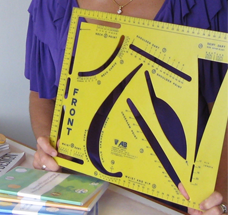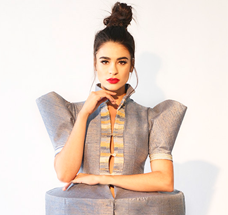It needs practice to create patterns for clothing production. The technique behind every pattern ensures that the garments are made to specification with a minimal margin of error. After you have designed your clothing, the sketches need to be turned into technical drawings before patterns can be created.
People who are new to fabric patterns, there are professionals and pattern making course online as well that can assist you. Pattern creations Australia can help you in this whole process. The critical stage in development will help you to visualize the fit and decide the size ranges of clothing. Pattern bridge the gap between ideation and production. It makes the process straightforward for the brand as well as manufacturer.
How to create patterns
There are different methods professionals use to make commercial patterns. Despite the conception created by pop culture, all these methods do not include three-dimensional dress forms. It is popular for pattern makers to use computers or tablets to make patterns that can be used to cut and assemble clothes.
No matter which pattern making tools are employed, the process begins when the designer makes a sketch of a garment. With this sketch, there are some steps that need to take in order to transform the idea into a garment.
Pattern making basics
Pattern making is the art of translating a basic idea for a garment into real piece of apparel that fits someone in a flattering way. Many techniques have been used in pattern making for centuries and some pattern makes prefer to keep things old school.
Generations of experience in making design patterns have produced adapted techniques in the art of pattern making. Techniques that turns a sketch in real one is valid in pattern making and many designers moved on from flat patterns to making three dimensional patterns in the digital world.
The designers tend to get their heads stuck in the clouds with whimsical ideas and plans that will never pan out, pattern makers are tasked with the responsibility of making these dreams into products that can be mass produced or worn down the runway.
While clothing manufacturers are mere workhorses, pattern makers have to be imaginative even though they fulfill pragmatic roles. Designing a garment is one thing, but making sure that these designs can actually see the light of day is a pattern maker’s unique responsibility. Pattern makers are to fashions as directors are to films; in the production of a film, it’s the screenwriter’s job to come up with amazing ideas and the director’s job to make sure that all of the actors work together, and in the world of fashion, it’s a pattern maker’s job to make sure that designs on paper communicate properly tangible fabrics in the real world.





